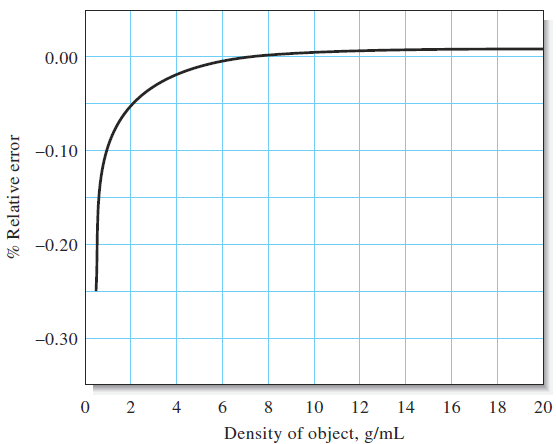

علم الكيمياء

تاريخ الكيمياء والعلماء المشاهير

التحاضير والتجارب الكيميائية

المخاطر والوقاية في الكيمياء

اخرى

مقالات متنوعة في علم الكيمياء

كيمياء عامة


الكيمياء التحليلية

مواضيع عامة في الكيمياء التحليلية

التحليل النوعي والكمي

التحليل الآلي (الطيفي)

طرق الفصل والتنقية


الكيمياء الحياتية

مواضيع عامة في الكيمياء الحياتية

الكاربوهيدرات

الاحماض الامينية والبروتينات

الانزيمات

الدهون

الاحماض النووية

الفيتامينات والمرافقات الانزيمية

الهرمونات


الكيمياء العضوية

مواضيع عامة في الكيمياء العضوية

الهايدروكاربونات

المركبات الوسطية وميكانيكيات التفاعلات العضوية

التشخيص العضوي

تجارب وتفاعلات في الكيمياء العضوية


الكيمياء الفيزيائية

مواضيع عامة في الكيمياء الفيزيائية

الكيمياء الحرارية

حركية التفاعلات الكيميائية

الكيمياء الكهربائية


الكيمياء اللاعضوية

مواضيع عامة في الكيمياء اللاعضوية

الجدول الدوري وخواص العناصر

نظريات التآصر الكيميائي

كيمياء العناصر الانتقالية ومركباتها المعقدة


مواضيع اخرى في الكيمياء

كيمياء النانو

الكيمياء السريرية

الكيمياء الطبية والدوائية

كيمياء الاغذية والنواتج الطبيعية

الكيمياء الجنائية


الكيمياء الصناعية

البترو كيمياويات

الكيمياء الخضراء

كيمياء البيئة

كيمياء البوليمرات

مواضيع عامة في الكيمياء الصناعية

الكيمياء الاشعاعية والنووية
Correction for Buoyancy
المؤلف:
D. A. Skoog, F. J.Holler, D M. West, and S. R. Crouch
المصدر:
Fundamentals of Analytical Chemistry
الجزء والصفحة:
9th. p 23
16-4-2017
2598
Correction for Buoyancy
A buoyancy error will affect data if the density of the object being weighed differs significantly from that of the standard masses. This error has its origin in the difference in buoyant force exerted by the medium (air) on the object and on the masses. Buoyancy corrections for electronic balances6 may be accomplished with the equation where W1 is the corrected mass of the object, W2 is the mass of the standard masses, dobj is the density of the object, dwts is the density of the masses, and dair is the density of the air displaced by masses and object. The value of dair is 0.0012 g/cm3.
 (1.1)
(1.1)
The consequences of Equation 1-1 are shown in Figure 1.1 in which the relative error due to buoyancy is plotted against the density of objects weighed in air against stainless steel masses. Note that this error is less than 0.1% for objects that have a density of 2 g/cm3 or greater. It is thus seldom necessary to correct the masses of most solids. The same cannot be said for low-density solids, liquids, or gases, however. For these, the effects of buoyancy are significant, and a correction must be applied.
The density of masses used in single-pan balances (or to calibrate electronic balances) ranges from 7.8 to 8.4 g/cm3, depending on the manufacturer. Use of 8 g/cm3 is close enough for most purposes. If greater accuracy is required, the manufacturer’s specifications for the balance usually give the necessary density data.

Figure 1.1 Effect of buoyancy on weighing data (density of weights = 8 g/cm3). Plot of relative error as a function of the density of the object weighed.















 قسم الشؤون الفكرية يصدر مجموعة قصصية بعنوان (قلوب بلا مأوى)
قسم الشؤون الفكرية يصدر مجموعة قصصية بعنوان (قلوب بلا مأوى) قسم الشؤون الفكرية يصدر مجموعة قصصية بعنوان (قلوب بلا مأوى)
قسم الشؤون الفكرية يصدر مجموعة قصصية بعنوان (قلوب بلا مأوى) قسم الشؤون الفكرية يصدر كتاب (سر الرضا) ضمن سلسلة (نمط الحياة)
قسم الشؤون الفكرية يصدر كتاب (سر الرضا) ضمن سلسلة (نمط الحياة)

















